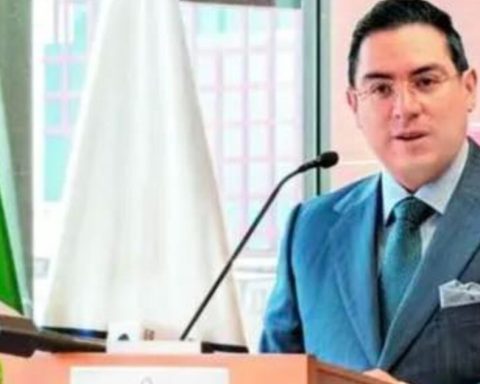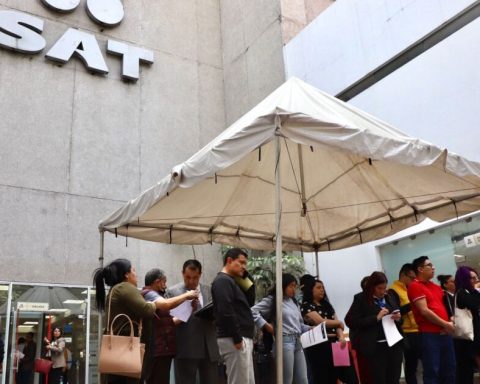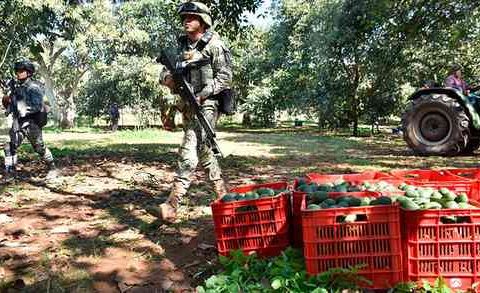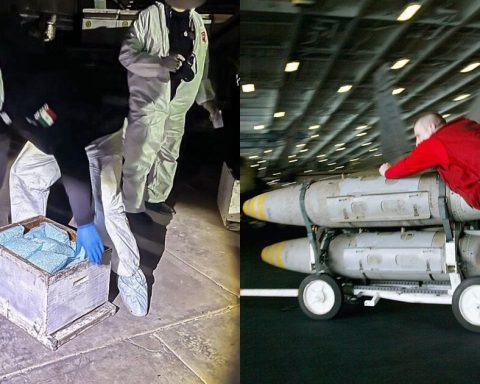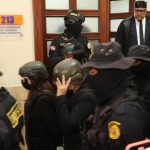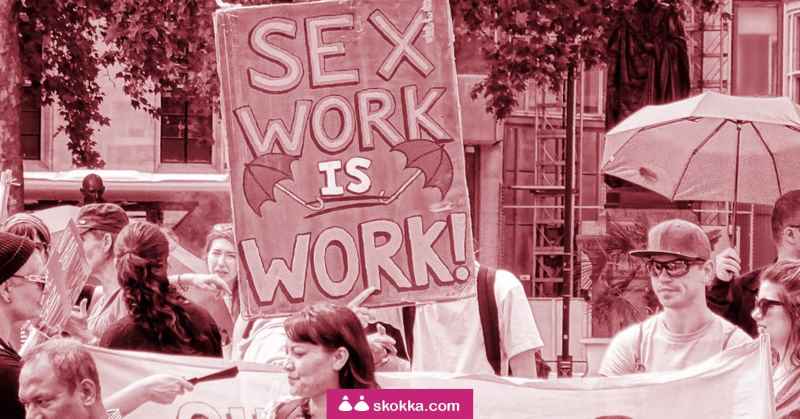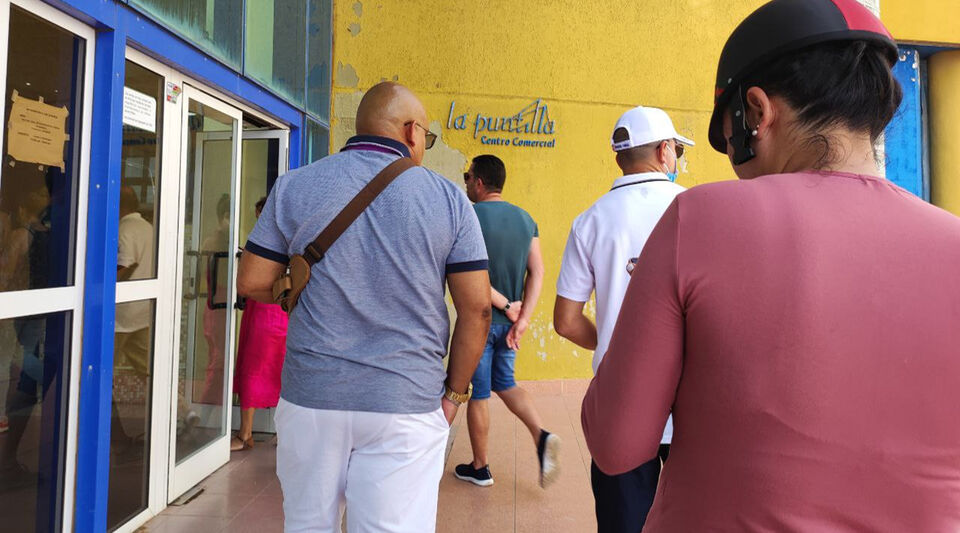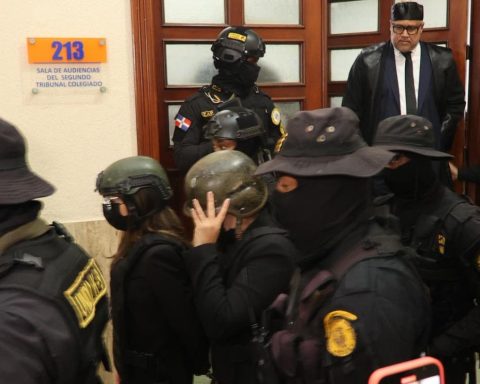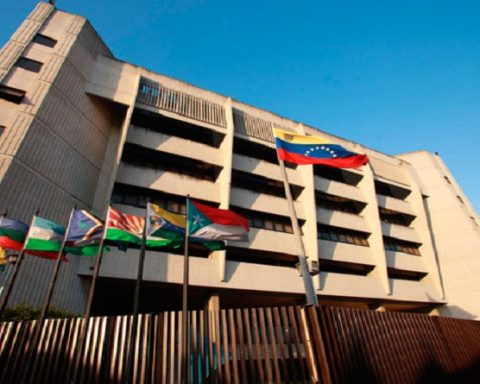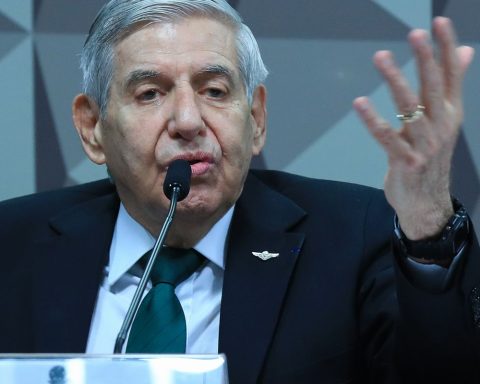Blanche Petrich
Newspaper La Jornada
Sunday, September 18, 2022, p. 6
Micaela Cabañas Ayala, daughter of Lucio Cabañas and Isabel Ayala, will enter Military Camp Number One tomorrow, the military space where between 1965 and 1980 more than 500 people were secretly transferred, illegally detained, tortured and in many cases disappeared.
This tour of the Army facilities, in which about 50 people participate, will be the first of three incursions over 13 consecutive days organized by the Commission for Access to Truth, Historical Clarification and the Promotion of Justice of the violations to human rights during the call war dirty.
His mother Isabel, then a 14-year-old girl, recently married and with a girl in her arms, was arbitrarily detained in 1974 by soldiers during raids carried out by the Army in the Sierra de Guerrero to destroy the family of the man who rose up in weapons against the cacique and governor known as The Huitzuco Tiger. All were transferred to the military camp, locked up in their secret jails and considered, for the rest of the world, as disappeared.
The little girl was personally tortured by then Colonel Arturo Acosta Chaparro, taking her by the feet and putting a gun to her head in front of her mother.
After lengthy negotiations with elements of the Army, the terms were agreed for the entry of some 30 survivors, relatives of victims and groups of human rights defenders into the camp, which hid dramatic stories of the Mexican counterinsurgency war.
Isabel Anaya, who was kidnapped in the Sierra de Guerrero in 1974 and released two years later, at the age of 17, was murdered in Atoyac in 2011, just eight days after attending a tribute to the guerrilla chief for the first time in her adult life. , his first partner. Cabañas had fallen in combat in December 1974.
Micaela, who was also transferred as a political prisoner to the military camp along with her mother and several members of the Cabañas and Ayala family when she was just a baby, where she learned to walk and left when she was two years old, understands this first trip to the site that was banned for civilians for half a century as a sentimental and symbolic moment
but mostly as an action to vindicate my history and that of those men and women who participated in the armed struggle, who were idealists, who fought for justice and freedom in Mexico, but who died along the way
.
At 48 years old, with a daughter, Micaela would like to be able to have a simple gesture, maybe scatter some flowers
in the place where the clandestine cells were where his mother was locked up along with his uncles Bartola and Conrado, Lucio’s brothers, now in their seventies, who will also participate in this first exploration entry.
Since her early childhood, Micaela Cabañas, who assumed her real name as an adult, has suffered the blows of the counter-insurgency policy of the Mexican State, from the confinement in the clandestine dungeons of the military camp; the repeated rape of her mother by the former governor and cacique of Guerrero Rubén Figueroa, who entered the camp every week to abuse the adolescent prisoner, until the murder of Isabel and her sister Reyna 11 years ago and the death threats in her against, that she was forced to move from Xaltianguis together with 18 relatives, without the government of the then Executive of the entity Ángel Aguirre doing anything for her protection.
▲ Micaela and her mother, Isabel Ayala, who was detained for two years in Military Camp number 1, where she was tortured and abused when she was 14 years old.Photo the day
However, she refuses to consider herself a victim. I am a survivor. And fighter. I am like my father, Lucio, sentimental and with a great love for my people. I have made it my mission to fight so that in Mexico the struggle and courage of all those who fought for those ideals are recognized.
.
The violations of Governor Figueroa
Naturally, Micaela remembers little of her days in the Military Camp. He knows that there is a photograph of her, very small, with her mother in that place. And he also remembers the birth of her half brother, a boy who came out with serious genetic deformities, a product of Figueroa’s systematic rapes. We left the field with him. He died within three months. He is buried under the name that was registered, Rubén Figueroa Ayala, in the Xaltianguis pantheon, municipality of Acapulco.
.
Upon being released from the clandestine prison, Cabañas’ relatives received death threats if they spoke of the teacher and combatant again or if they denounced what they had experienced at the hands of the military. Isabel, then 17 years old, after burying the son she conceived and gave birth to during her abduction, changed her name and her daughter’s name. When Micaela grew up, her mother forbade her to have any contact with the Cabañas family, condemned to ostracism in her community, Santa Rosa de Lima, in Coyuca de Benítez.
She then emigrated undocumented to the United States to earn a living for her daughter. It was then that Micaela contacted her paternal family, her grandmother, Mrs. Rafaela Gervasio Barrientos, and the groups that continued the civil struggle, including the Peasant Organization of the Sierra Sur.
When Isabel returned to her town decades later, Micaela convinced her to attend a tribute to the commander of the Partido de los Pobres in Atoyac, where the remains of the guerrilla lie at the foot of an obelisk.
My parents got married in a civil ceremony in a ravine in the middle of the mountain. My mother was a girl in love, very pretty. Impossible that Lucio hadn’t noticed her.
Micaela recounts that on that visit to the site that was the cradle of the Guerrero insurgency of the 1970s, Isabel saw some photographs of missing fighters and assured: I have seen them in the military field
.
And only eight days later, strangers carried out the threat of the soldiers of the clandestine prison. She was murdered, along with her sister, when she was leaving her religious temple in Xaltianguis
, municipality of Acapulco. At that time (2011) the work of the Guerrero Truth Commission (Comverdad) had already begun, which concluded in 2014 with an illuminating report on the atrocities and massacres committed by the Army during the counterinsurgency war of the 1960s and 1970s in that southern state.
The crimes committed throughout his life against Isabel, the young girl who married in love with the teacher Lucio Cabañas, remain unpunished.

